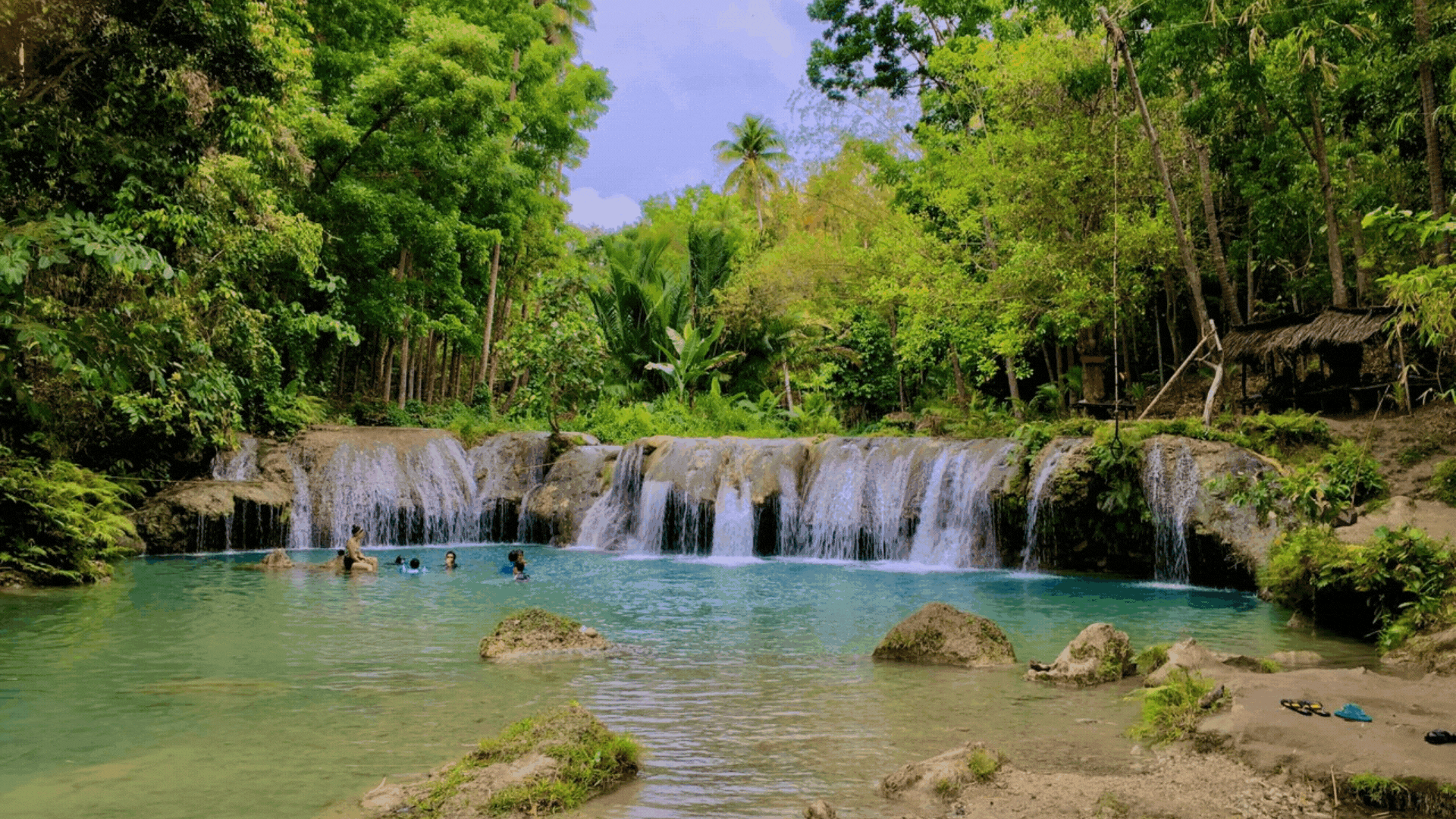Community Groups in Siquijor

Siquijor’s indigenous communities are a cornerstone of the island’s rich cultural tapestry, preserving age-old traditions and customs that offer a unique glimpse into the region’s heritage. These communities are known for their deep connection to nature, spirituality, and local folklore, which are integral to their way of life.
Community Groups in Siquijor
1. Kedatuan of Katugasan:
Prior to colonization, Siquijor was home to the Kedatuan of Katugasan. The name “Katugasan” is derived from the tugas or molave trees that abundantly grew on the island. These sturdy trees were used by the native dwellers to build house posts (haligi) due to their strength and durability, which could withstand strong typhoons and monsoons.
2. Mananambal (Healers):
Siquijor is famed for its thriving traditional healing practices. The island is home to around 300 mananambal, or healers, who have kept this heritage alive for generations. These healers offer traditional folk remedies to a diverse crowd, including international visitors seeking remedies for various health concerns, from simple sprains to severe ailments like cancer.
The healing practices involve rituals, herbal concoctions, and spiritual beliefs. The mananambals consider the forests as sources of healing and the dwelling places of spirits, both benevolent and malevolent. They play a crucial role in conserving the island’s forests and encourage respectful and sustainable harvesting of medicinal plants.
3. Mangkukulam (Filipino Witches):
Siquijor is also known as the home of mountain-dwelling mangkukulam. These are individuals believed to possess supernatural powers and knowledge of ancient spells. While some view them with fear, others seek their assistance for various purposes, including healing and protection.




